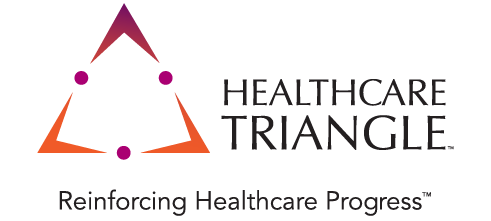Return to Revenue: Considerations for Re-prioritizing Elective Appointments & Procedures
Ryan Sommers, PMP, Senior Director, Epic Practice
Jul 02, 2020

Things may never go back exactly to the way they were prior to the outbreak of COVID-19, but there are definitive steps you can take to ensure your practice, your staff, and your patients return as quickly as possible to a state of robust productivity and care opportunities.
After you have successfully engaged your community about what they can expect and what their options are (including telehealth), you will want to keep them informed week-by-week about local circumstances and the availability of elective in-person services. Since the locality of COVID-19 is the primary driver and has different levels of concern based on geography at any given time, it is up to each individual practice/entity to generate appropriate and effective plans for elective services.
The CDC has published a tiered guide for considering how to deliver elective care amidst COVID-19. When ready to ramp back up elective visits and procedures, talk to all essential/in-office staff, both clinical and non-clinical in nature, to ensure everyone understands and is comfortable with the procedures you will employ. The last thing you need when “re-opening” business in full is for your own team to have conflicting opinions and levels of comfort with how you plan to proceed. Talk to them early and often, and ensure they have a voice in creating the safest care environment possible in the circumstances.
Make sure you have contingency plans and protocols in place in advance as well. Everyone should know what to do and what to expect if various events should occur – someone in the office was exposed to COVID, patients refuse to adhere to protocols, and what changes may be necessary given different potential emergency mandates at the county and state levels.
Finally, when it comes to strategically re-scheduling and re-prioritizing patients, procedures, and scheduling blocks, consider the following items:
- Block off designated timeframes for all telehealth appointments
- Evaluate opportunities to sequence low-risk procedures and those with quick turnaround times together
- Create additional flexibility in scheduled block times. In-office appointments and procedures may need to adopt new timeframes and/or durations than prior to COVID, and surgery blocks will need to be re-evaluated, at least in a temporary manner, based on the near-term demand and corresponding re-prioritization of services.
- Assess clinical risk factors to determine the appointments, procedures, and surgeries that should be prioritized to ensure better patient outcomes. Those that present greater risks with more time passing should get heightened attention and prioritization.
- Where it makes sense, consider and prioritize the financial value of services rendered and procedures being completed.
With everything going on this year, it is critical to work smarter, not just harder. Taking an analytical look at the items mentioned above will put you on the fast track back to operational success and revenue health no matter what COVID-19 implications may yet come.
One final note, the AMA has a site with resources to help private practices and physicians navigate non-essential care as well during COVID-19. Consider it a go-to stop if you haven’t already been using it for updates. Between that and the general AMA COVID-19 resource center, you can find up to date information and best practices, financial and legal considerations, and state/regional impacts.


